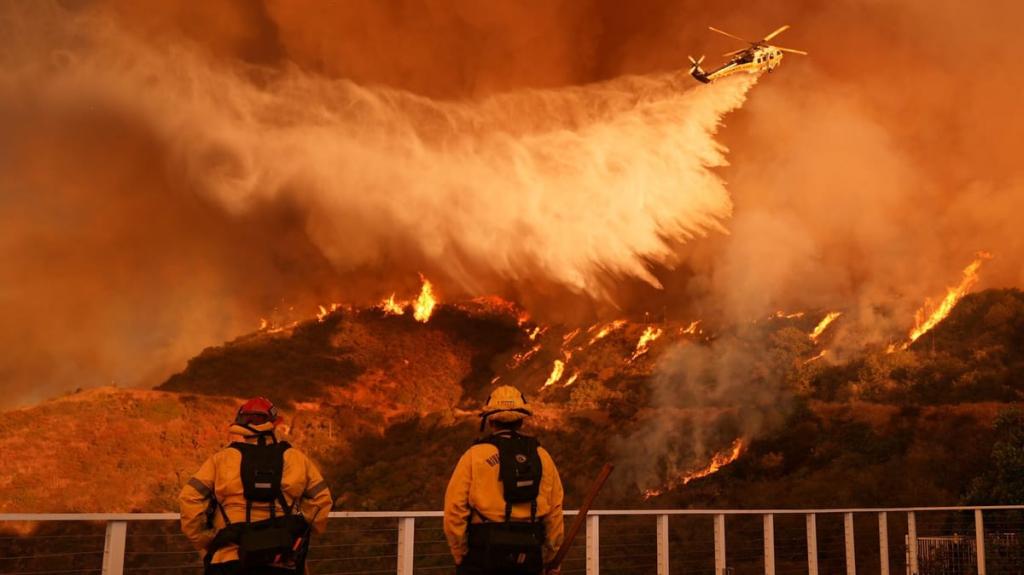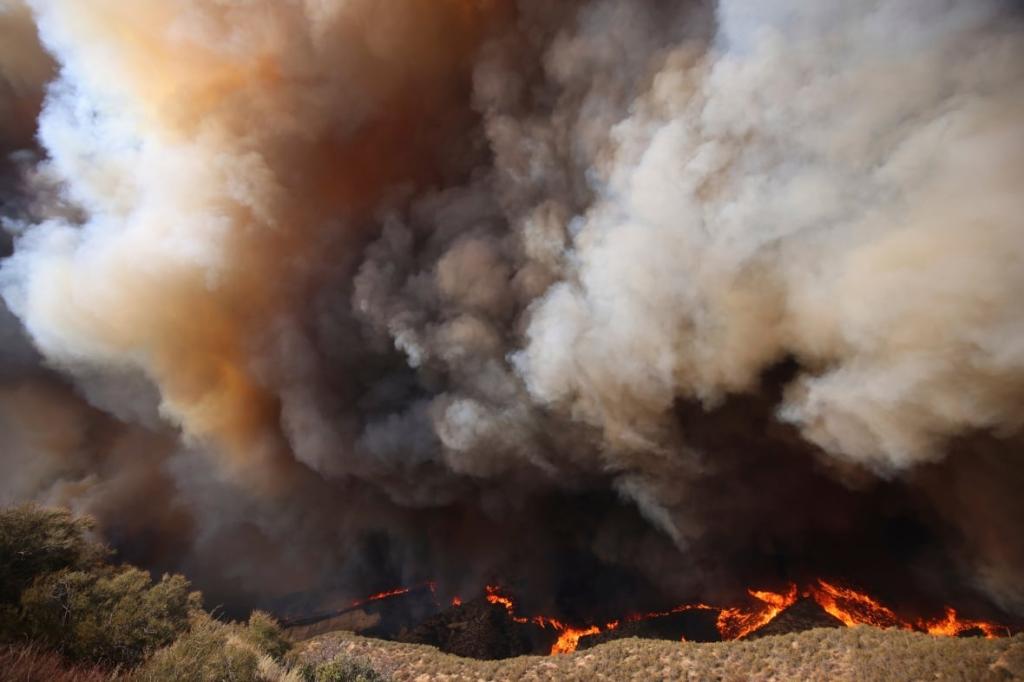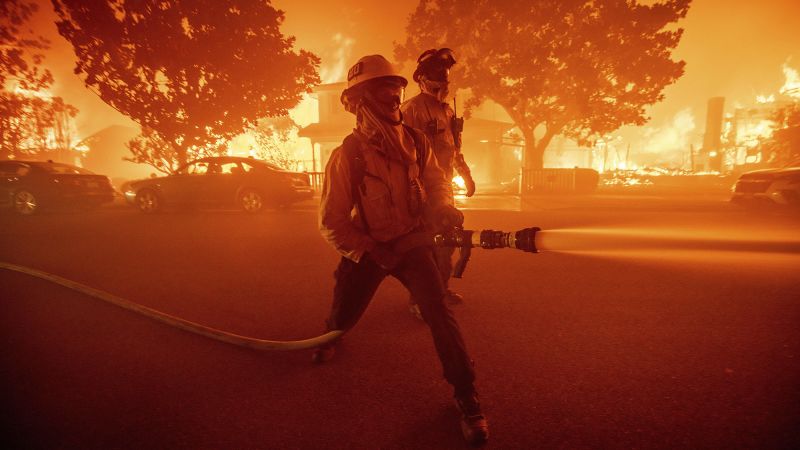Franklin Fire Sparks Evacuations and Community Resilience in Malibu
Discover how the Franklin Fire in Malibu ignited evacuations and highlighted the power of community resilience during natural disasters.
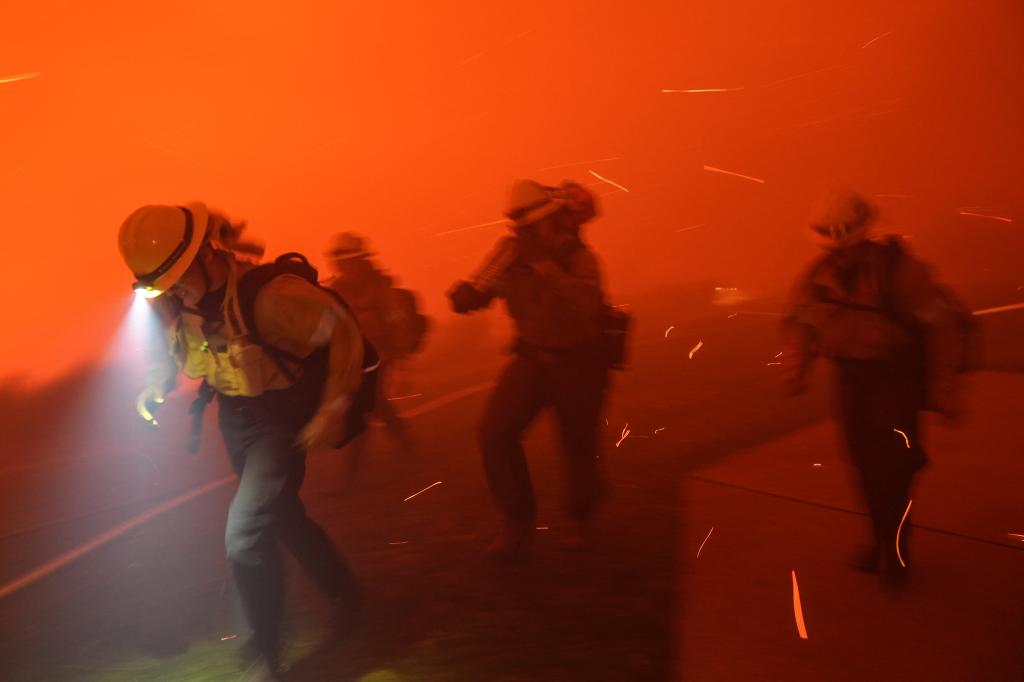
Key Points
- The Franklin Fire in Malibu
led to the evacuation of over 6,000 residents and revealed the urgent need for community preparedness amid fire threats.
- Local organizations, including Pepperdine University
, played a crucial role in providing shelter and safety to evacuees during the crisis.
- This incident emphasizes the importance of adapting to climate challenges through improved infrastructure and community resilience initiatives.
The Franklin Fire has engulfed parts of Malibu,
, becoming a somber reminder of the wildfire challenges faced by communities, especially as climate change exacerbates extreme weather conditions. This late-season blaze prompted mandatory evacuations in a region well-acquainted with fire threats and has left over 6,000 residents anxiously watching from safety. As firefighters battle these flames amid the notorious Santa Ana winds, it’s important to reflect on the impact of such disasters and how communities can support one another during trying times.
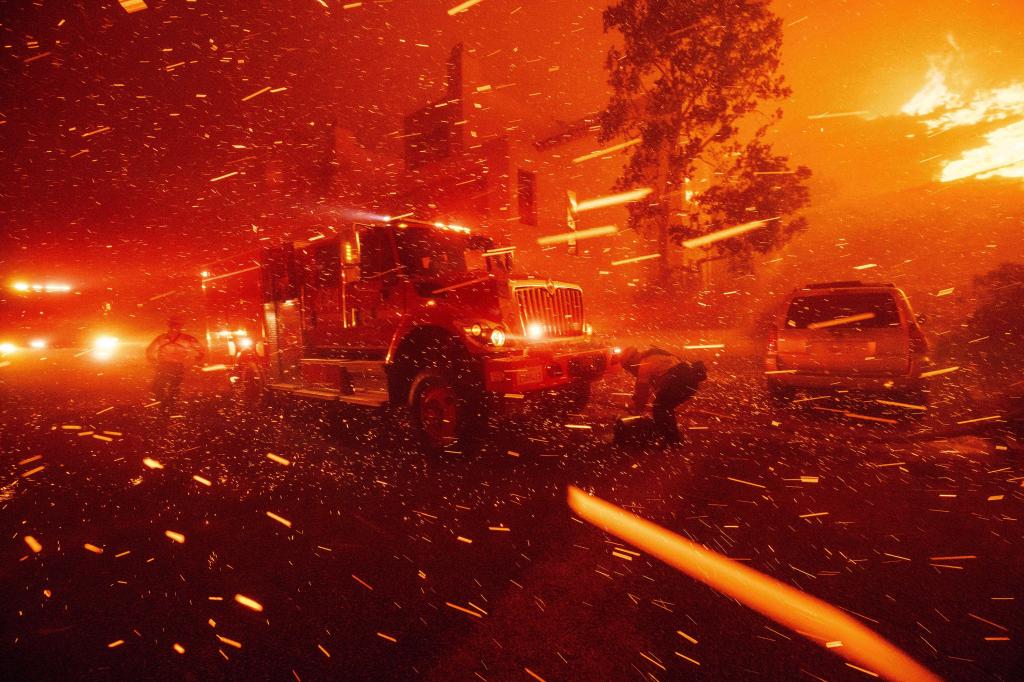
The Spark of Crisis
The Franklin Fire ignited late Monday evening and rapidly spread, fueled by winds that reached up to 93 mph—a speed that amplifies the danger posed to both structures and lives. Initially, the blaze scorched around 2,200 acres, threatening nearly 2,000 homes and vital infrastructure across the area. Schools, including Pepperdine University, were forced to close, and students sheltered in place while witnessing the fire's terrifying advance.
This situation underscores a greater issue: the increasing frequency and intensity of wildfires in California, largely attributed to climate change and dry conditions prevalent in the fall and winter months. The events of this year and prior years, like the destructive
of 2018, have instigated a deep concern among residents and officials alike about what can be done to prepare and respond more effectively.
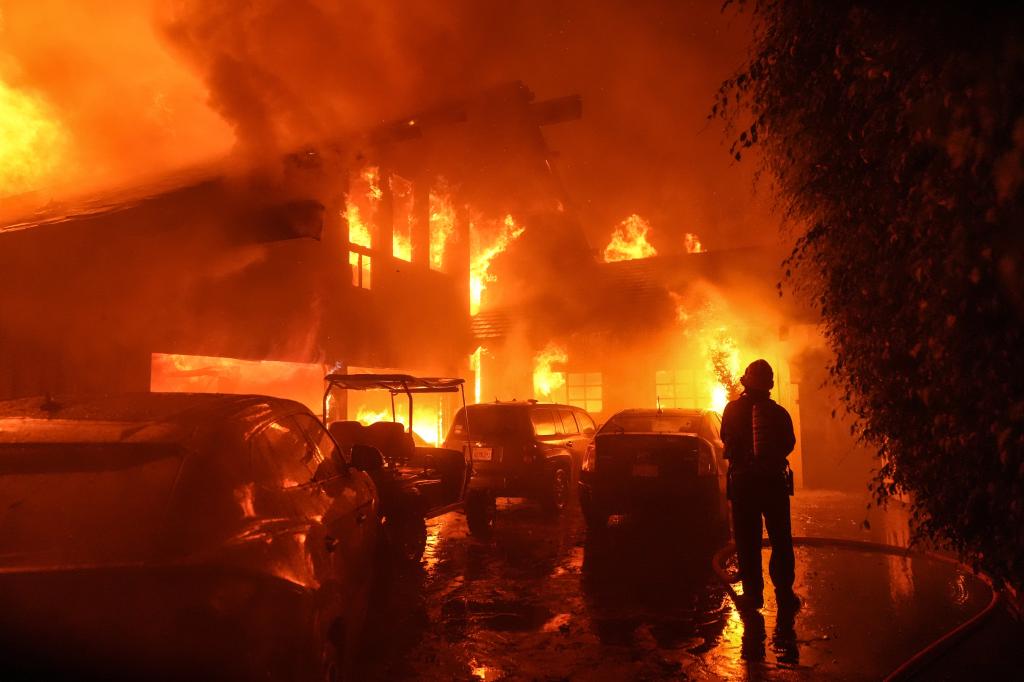
Staying Informed and Prepared
As the fire raged, numerous organizations and officials worked tirelessly to keep the community informed and safe. The Los Angeles County Fire Department, alongside volunteers, established evacuation centers and provided crucial updates through social media channels. They reached out to residents, instructing them to leave their homes and seek safer grounds to avoid the fire's reach.
The impact on local infrastructure and the power grid was immediate as tens of thousands lost electricity. This was a preventive measure aimed at minimizing risks from wind-related outages that could spark further fires. However, it also serves as a stark reminder of the preemptive actions communities must take when faced with such threats.
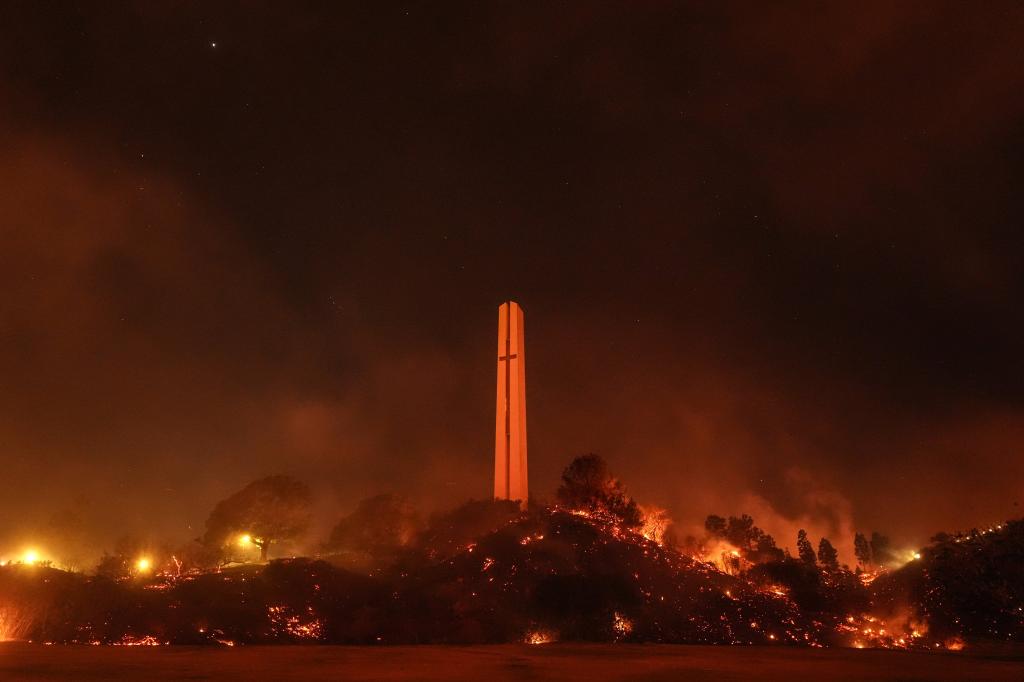
Support and Solidarity in Crisis
The situation called for an outpouring of support from both local and broader communities. This crisis highlights the importance of community resilience—neighbors helping neighbors, sharing resources, and providing aid to those displaced. Evacuation centers like the Palisades Recreation Center welcomed not only individuals but also their pets, showcasing a spirit of inclusivity and empathy even in the face of adversity.
Moreover, the ability to provide medical assistance and food to evacuees reflects how organized community efforts can alleviate some of the stress associated with such overwhelming situations. As Southern California experiences more of these emergencies, it's imperative for communities to forge strong ties and establish clear communication lines to foster a spirit of preparedness and unity.
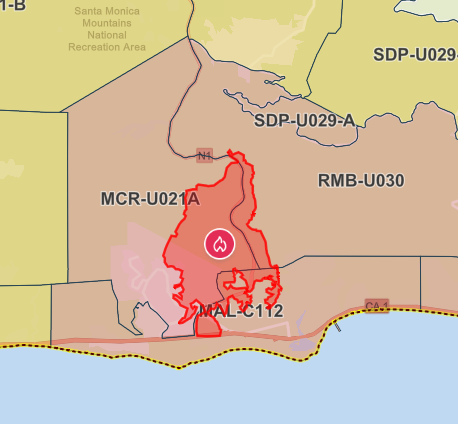
Looking Forward: Adaptation and Resilience
Emerging from this crisis, it's essential to evaluate how communities can adapt to changing environmental conditions. Investing in fire-resistant infrastructure, improving emergency response mechanisms, and increasing public awareness about fire safety measures can make a palpable difference. Local governments and agencies must also prioritize funding for fire prevention programs and technology, which may help mitigate future threats.

The Franklin Fire serves as a vital lesson in the journey towards resilience in the face of inevitable natural disasters. It's a wake-up call for communities to band together—sharing knowledge, resources, and, most importantly, solidarity. Together, we can face the uncertainties of our climate with courage and collaboration, ensuring the safety and prosperity of our neighborhoods in the years to come.
